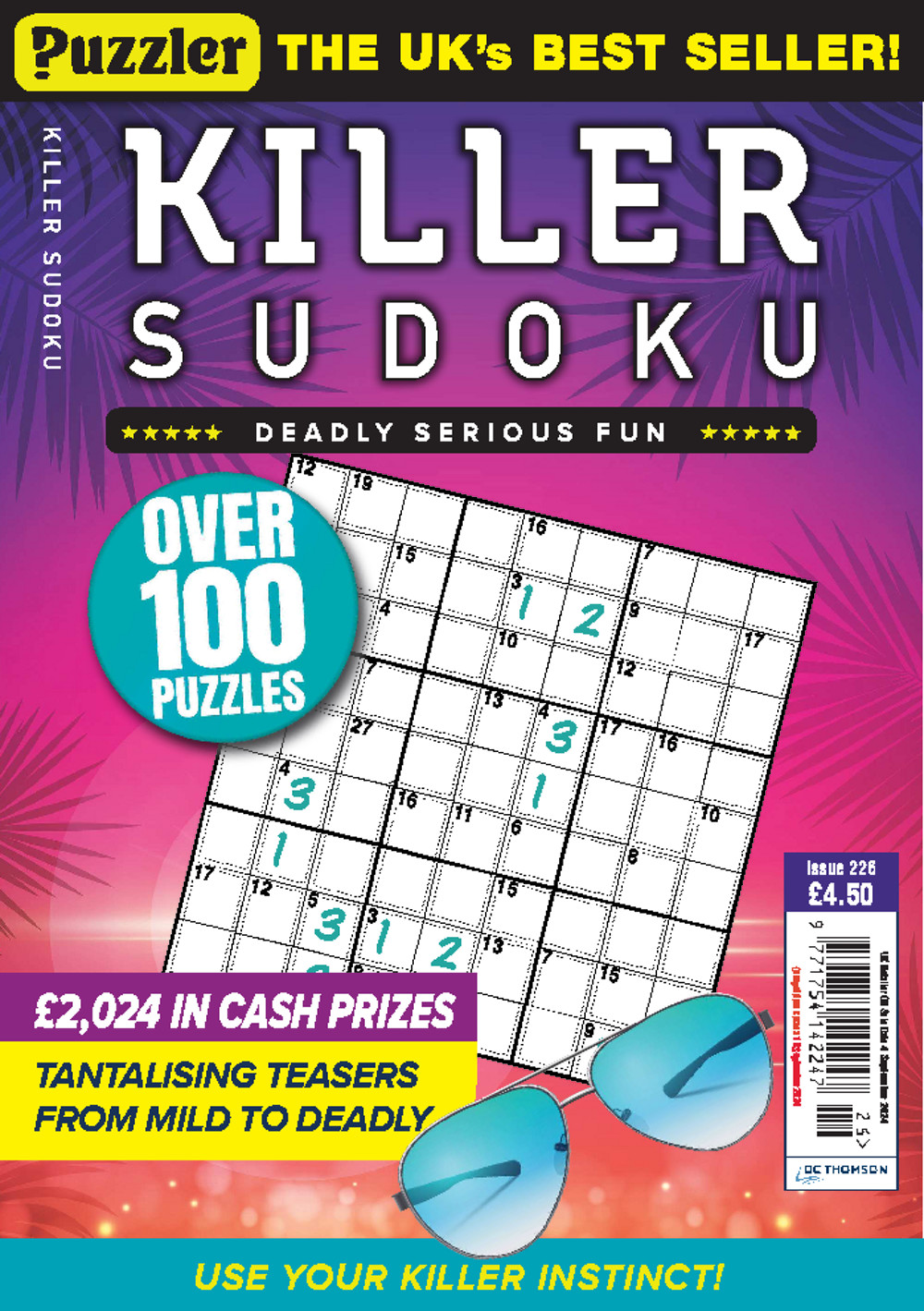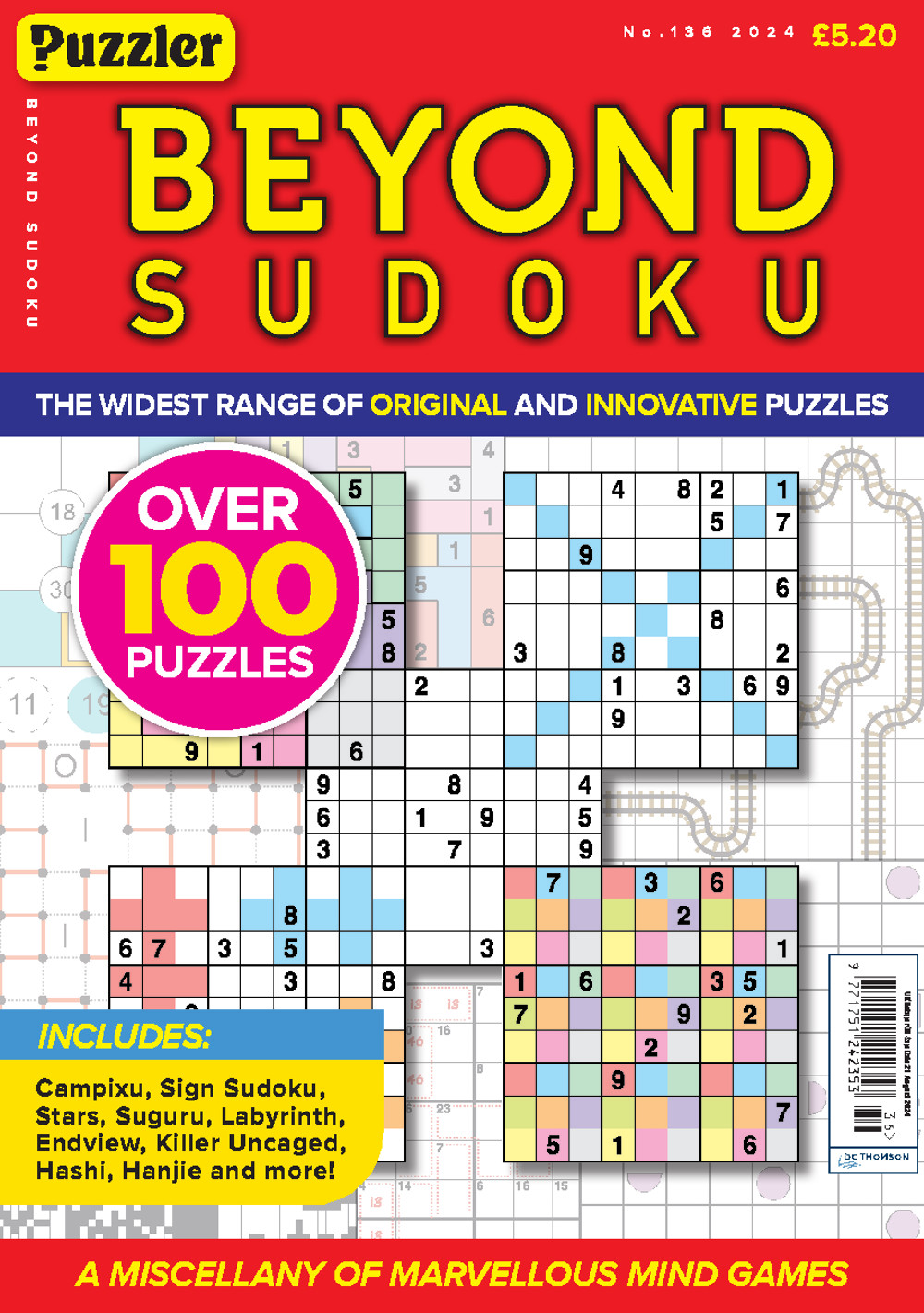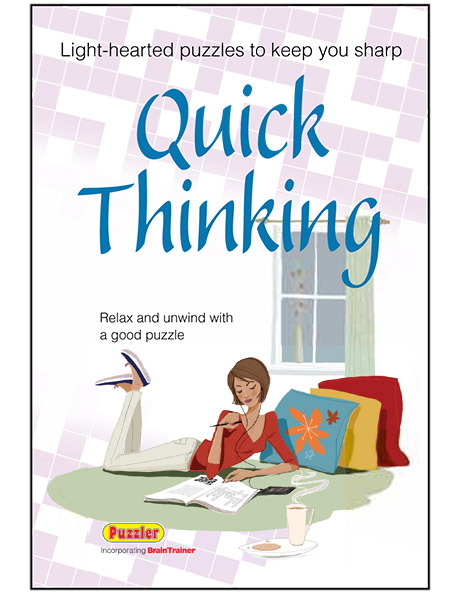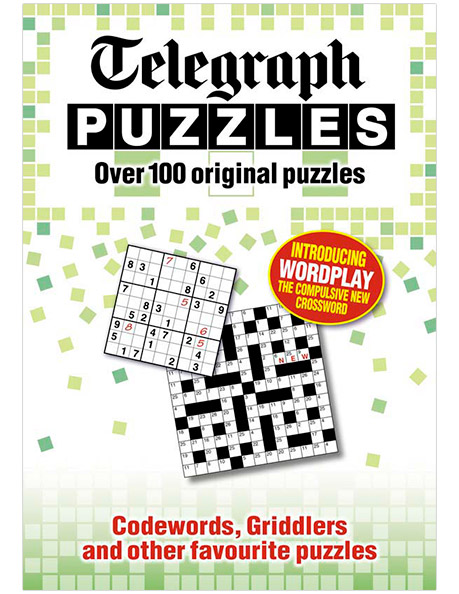Kakuro
Also Known As:
Croco Puzzle, Cross Sums, CrossSam, Kasan Kurosu, Kreuzsummenrätsel, Tashizan Cross, Zahlenschwede
Kakuro was introduced to most people in the UK as 'the next Sudoku'. It did not live up to expectations, did not prove to be another global phenomenon, as many publishers discovered to their cost. All the same, it did find an enthusiastic audience and is still featured in newspapers and magazines.
Like Sudoku, its roots can be traced back to America, where it appeared in the '50s under the name of Cross Sums. And like Sudoku, it was carried away by Japanese publisher Nikoli in 1980, renamed Kasan Kurosu, and later, simply Kakuro. Other Japanese publishers, such as Gakken and Sekai Bunkasha, picked up on the puzzle and for many years, Kakuro was Japan's most popular puzzle.
In a Kakuro puzzle, the object is to complete the grid so that the digits placed in a block of white cells add up to the clue for that block. Only the digits 1-9 are used and same digit must not be repeated in a block.
When attempting Kakuro, knowledge of the special combinations of digits that make up certain sums is invaluable. For example, all Kakuro experts know that if the clue is 10 and the block consists of four white cells, then the digits required are 1, 2, 3 and 4. Additional information about how to solve Kakuro can be accessed from this page.
Enthusiasts of Kakuro and Sudoku should try Killer Sudoku, a puzzle that appears to combine the best of both worlds.
Instructions
Fill the grid so that each block adds up to the total in the box above or to the left of it. You can only use the digits 1-9 and you must not use the same number twice in a block.
Related Puzzles
Crazy Addition Futoshiki Kenken Killer Sudoku Lonesum Sudoku SUMamiFeatured In
Related Products







